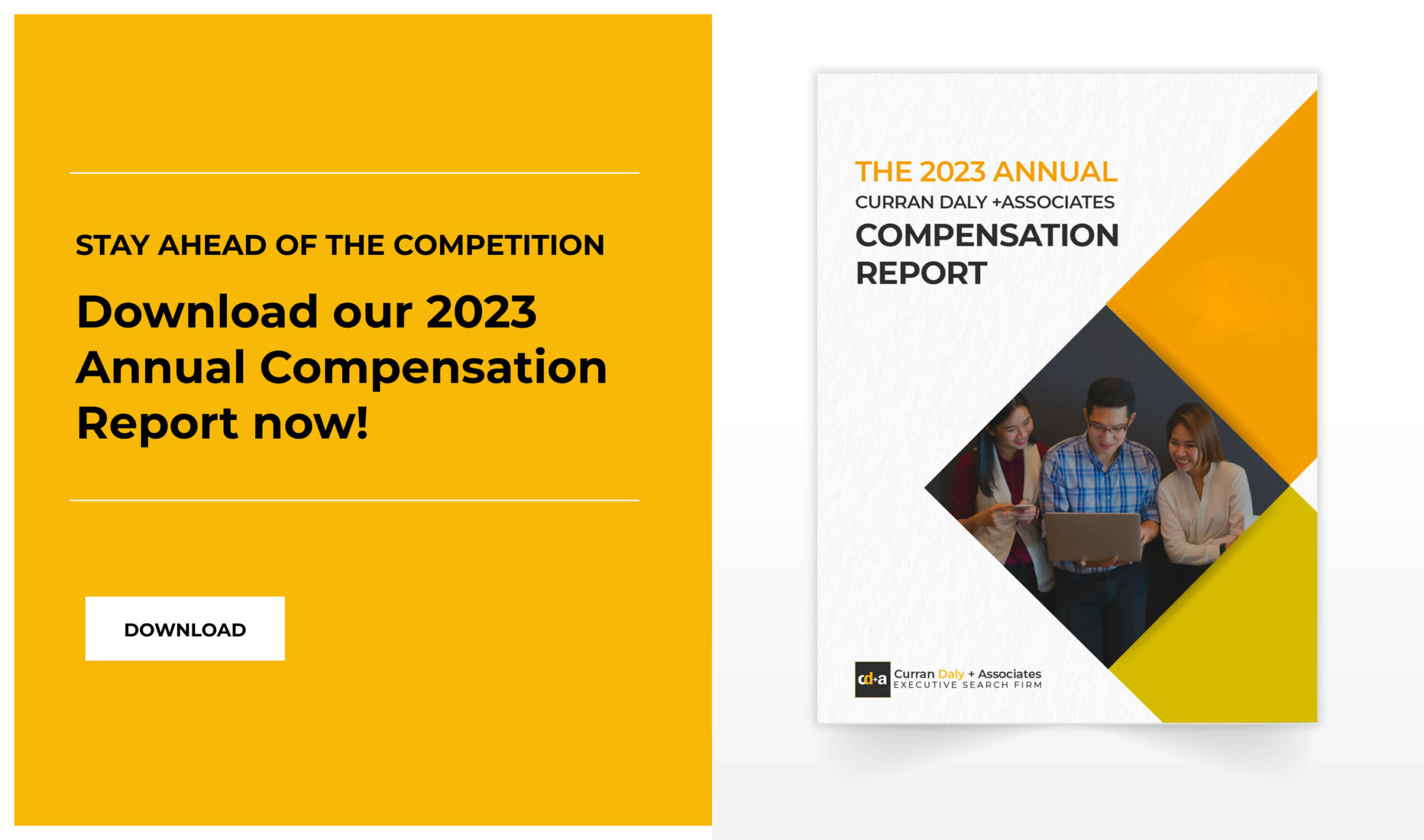- In the reimagined workplace for future business recovery, organizations need to address the critical challenges that women will face as one of the main driving forces of businesses.
- Female leaders are essential to help achieve a fairer, more equal, and more inclusive world in the wake of the pandemic.
- No matter how businesses approach business recovery, organizational leaders have the unique ability to right the systemic inequities that women face at work during this crucial time.
Living with a global pandemic over the past year caused a lot of uncertainty that pushed employees to their limits. While the pandemic has definitely affected every working professional to varying degrees, perhaps the group that bore more than the brunt of the burden had been working women.
Disruptions to education, daycare and after-school programs have forced the majority of childcare and housework to mothers, which accounts for 25% of the female workforce in the United States.
Data from McKinsey & Company’s annual Women in the Workplace report showed that 1 in 3 women have considered changing or leaving their jobs in the past year, compared with 1 in 4 women surveyed in 2020.
While both men and women are reporting higher rates of burnout this year compared with last year, the gap between men and women who feel overwhelmed has nearly doubled: 42% of women and 35% of men say they are burned out, compared with 32% of women and 28% of men last year.
Jess Huang, a McKinsey & Company partner and co-author of the Women in the Workplace report, noted that “Women are doing more at home, they’re doing more in the workplace, and they’re really burned out.”
It seems that the pandemic disruption of 2020 took a sizeable and disproportionate toll on women, leaving them with no other option than to resign from the workforce altogether. The report also noted that women remained underpaid relative to men, and they were still promoted to management positions at a much lower rate than their male counterparts.
The insights of the past year have only shown that the pandemic has clearly affected men and women differently. With this in mind, organizations need to ensure that their plans for business recovery are gender-responsive, data-driven, and evidence-based.
“If companies don’t address the unrecognized work that women are putting in that has a very real, positive impact on their performance and the broader burnout problem, they’re going to lose the leaders that are making a huge difference for them at this critical moment,” Huang added.
The Challenges for Women Amidst Workplace Uncertainty
While it’s still too early to tell how the pandemic will affect the representation of women for the long term, it cannot be denied that gender equity seems to have taken a step backward amidst the global pandemic.
Even as economies reopen, women are still one of the biggest sectors that face challenges in the workforce, and some of it even predates the pandemic. No matter how businesses approach business recovery, organizational leaders have the unique ability to right the systemic inequities that women face at work during this crucial time.
Here are just some of these challenges:
CHALLENGE 1: Insufficient childcare and caregiving support
Living with the pandemic over the past year has only further exposed and exacerbated the role of women in household and caregiving responsibilities. A survey by global non-profit Catalyst revealed that around 45% of working mothers in the United States believed that they needed to hide their caregiving struggles from their employers.
The lack of strong childcare infrastructure, particularly for young children, created additional challenges for working women, especially when schools and childcare facilities shut down during the government-imposed lockdowns. This just goes to show that unequal caregiving distribution and lack of support from employers will remain a challenge for women at work even after the pandemic.
Flexible work options are one way to lessen this burden. More importantly, creating an organizational culture that promotes empathy and psychological safety is needed for working women. Companies can do this by creating parental leave options and childcare benefits to help employees take care of children at home.
CHALLENGE 2: Lack of access to flexible and remote work
Organizations today are now creating avenues for staggered and hybrid work arrangements. However, women with caregiving responsibilities at home have no option but to continue to work remotely. For women with limited childcare options, their ability to return to work in the future will largely depend on their employer’s business recovery policies.
The Catalyst survey showed that women with childcare responsibilities who were given opportunities to work remotely are 32% less likely to leave their jobs than those who don’t. Organizations need to ensure that their business recovery policies will prioritize flexibility for women who choose to work remotely. Furthermore, they also need to guarantee that these women will also have the same opportunities for advancement and visibility as those working on-site.
CHALLENGE 3: A widening gender pay gap
The pandemic has also exacerbated the rampant gender pay gap for women, particularly for women of color, due to unemployment and lost wages brought by the reduced working hours. As women worldwide get ready to go back to the workforce, there’s a chance that they may face a “pay penalty” due to their absence over the past year.
A study from Payscale regarding the gender pay gap in 2021 revealed that women in the same role earn 7% less than men on average when returning to work after an extended absence. Therefore, organizations need to mandate that women will be paid equitably and not be penalized for requesting time off during the pandemic. As an incentive, they can also consider formal “return to work” programs to attract highly talented women back to their senior roles in the company.
CHALLENGE 4: Lack of sponsorship
Women who temporarily left the workforce or reduced their working hours during the pandemic may have trouble getting their careers right on track. Having someone from the management who can advocate for women’s advancement in an organization will make a big difference. This is essential for BIPOC women who may lack access to informal networking relationships in the company.
For those who choose to remain as remote workers, sponsors from that management who can advocate for those women will be incredibly important. They are the ones who can ensure that these women are not overlooked for advancement opportunities, whether they choose to work remotely or not.
CHALLENGE 5: Unconscious bias
Unconscious bias refers to the implicit association or attitude that can influence an individual’s behavior towards a certain group of people. This bias can originate from inherent racism, sexism, and other forms of marginalization that arose during the pandemic.
BIPOC women have been targets of COVID-19-related violence and racism over the past year. Unfortunately, these incidents will not go away anytime soon. In addition, there may be growing concerns about race for women of color once they return to the office. Companies should not stand by idly and overlook these concerns.
Upper management needs to listen to their employees, particularly BIPOC women, to understand what policy changes need to be implemented to help companies build a more equitable workforce. These include the total elimination of deep-seated unconscious gender bias, hiring bias, and talent-management decision to help women have equitable opportunities in the workplace.
Women’s Leadership: The Key to Business Recovery
The events over the past 19 months have only exacerbated the pressure that companies face to do more to support employees and take concrete action on diversity, equity, and inclusion (DEI).
According to a press release from the non-profit organization Oxfam International, the pandemic cost women around the world at least USD 800 billion in lost income in just one year. They also reported that women lost more than 64 million jobs globally, which accounts for 5% of all jobs held by women.
The pandemic demanded more from organizational leaders.
It demanded that companies understand that work and family life has suddenly existed in the same bubble where children will do school work in the same place parents attended board meetings.
It demanded leaders to care more deeply for the physical and emotional wellbeing of their employees.
As everyone adjusted to working remotely, organizational leaders needed to find new ways to build connections and motivate individuals toward a common goal. They had to manage new workflows and team members who needed guidance for the new work from home setup.
It’s not surprising to see that it was women who heeded this call and took these new workplace challenges more readily.
Women leaders created supportive environments in the middle of chaos and crisis lifted each team member up while inspiring and supporting them where needed. They created an avenue to help employees who were excited to work thrive and felt valued and encouraged.
Pathways to Strengthen Women’s Leadership and Participation for Business Recovery
While women leaders have successfully met the challenge and taken on the extra work that comes with it, they are not getting recognized or rewarded for their valiant efforts.
“Women’s leadership is going unrecognized and uncompensated – women are doing more to manage employee’ workloads and champion DEI initiatives at work, and more,” said Jess Huang from McKinsey & Company.
As a result, this mission-critical work is in danger of being relegated as “office housework.”
Women are doing the necessary tasks and activities that benefit the company but go unrecognized, are underappreciated, and don’t lead to career advancement.
“Many companies have performed well during the pandemic, and that’s thanks to the women that have stepped up to do more to ensure their colleagues are working effectively and investing in DEI efforts,” Huang added.
Here are several ways to facilitate women’s equal representation to help pave the way for business recovery:
Ensure that decision-making bodies are gender-balanced.
Decisions at all levels in the organization need to strive for gender balance, especially when creating new policies for business recovery. In addition, organizations need to oversee the gender composition of the business continuity task force and other relevant pandemic response teams.
For this policy to be fully upheld, the upper management should also be held accountable for their commitment to gender balance. Annual reports should present information on women’s representation, and it should be made publicly available. In instances when balance does not exist, companies should readily create temporary special measures such as gender quotas to be put in place.
Ensure that gender equality concerns are embedded in the design and implementation of pandemic policy recovery and budgets.
To ensure that policies for women’s representation are not just lip service, companies need to design measures on gender impact assessment. As such, policies and budgets in response to pandemic recovery need to have sex-disaggregated data that promote gender equality. Furthermore, the return-to-work policies should also ensure that it’s equitable to working women who are also caregivers in their households.
Recognize and remove barriers to women’s participation in office politics.
Pre-existing inequalities and discriminatory social norms need to be abolished when developing business recovery policies that promote women’s participation in decision-making in the organization. In addition, companies should have measures that encourage women to exercise their rights.
This initiative can start with promoting flexible work arrangements and other measures that ensure that women are not excluded from key governance processes on account of the domestic responsibilities at home.
Include and support women and women’s organizations in pandemic response and decision-making.
Organizations need to consult with women in the workplace when carrying out assessments and developing, implementing, monitoring and evaluating programs and business recovery policies. In addition, companies should go the extra mile to ensure that there are safe spaces for women to voice their needs, priorities, and concerns, especially when facing multiple forms of discrimination at work. Finally, the upper management needs to champion women’s concerns regarding personal safety, health, childcare burdens, and other gendered consequences that impacted women the most during the pandemic.
CDA is here to help you choose the most qualified women leaders that will help jumpstart your company’s business recovery.
Curran Daly and Associates, one of the top executive search firms in the Philippines, are experts in finding the right business leaders that will help nurture an agile workforce for your company.
As one of the most sought-after executive headhunters in Asia, we are committed to helping you find the ideal executives for the right role in the most efficient time frame possible.
Discover the CDA Difference and partner with us now!
References:
5 Challenges Women Face in the New, Uncertain Workplace—and What Leaders Can Do to Help (Blog Post). (2021). Retrieved 21 October 2021, from https://www.catalyst.org/2021/08/25/women-workplace-challenges-covid/
Cole, L. (2021). How Women Are Key to Post-Pandemic Leadership. Retrieved 21 October 2021, from https://www.entrepreneur.com/article/375549
Pandemic Continues To Disproportionately Affect Women, Annual Women In The Workplace Report Finds. (2021). Retrieved 21 October 2021, from https://www.forbes.com/sites/gabbyshacknai/2021/09/29/pandemic-continues-to-disproportionately-affect-women-annual-women-in-the-workplace-report-finds/?sh=f2ce8233680e
Research: Women Leaders Took on Even More Invisible Work During the Pandemic. (2021). Retrieved 21 October 2021, from https://hbr.org/2021/10/research-women-took-on-even-more-invisible-work-during-the-pandemic
Smith, M. (2021). 1 in 3 women are considering leaving the workforce or changing jobs—here’s why. CNBC. https://www.cnbc.com/2021/09/27/1-in-3-women-are-considering-leaving-the-workforce-or-changing-jobs.html
UN Women. (2021). United Nations Entity for Gender Equality and the Empowerment of Women | UN Women – Headquarters. https://www.unwomen.org/-/media/headquarters/attachments/sections/library/publications/2020/policy-brief-covid-19-and-womens-leadership-en.pdf?la=en&vs=409
Women in the workplace 2021. (2021, September 27). McKinsey & Company. https://www.mckinsey.com/featured-insights/diversity-and-inclusion/women-in-the-workplace?cid=other-eml-dre-mip-mck&hlkid=a774e1a8976d4a078406df70a8406fd5&hctky=11979874&hdpid=a400bef5-c10b-4ebe-9a39-1d91ba912eb0










0 Comments